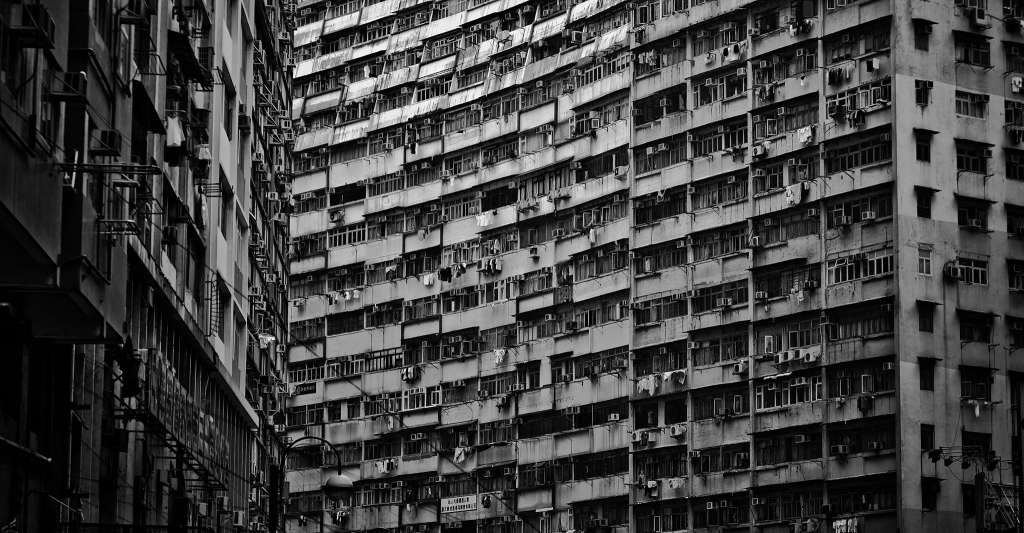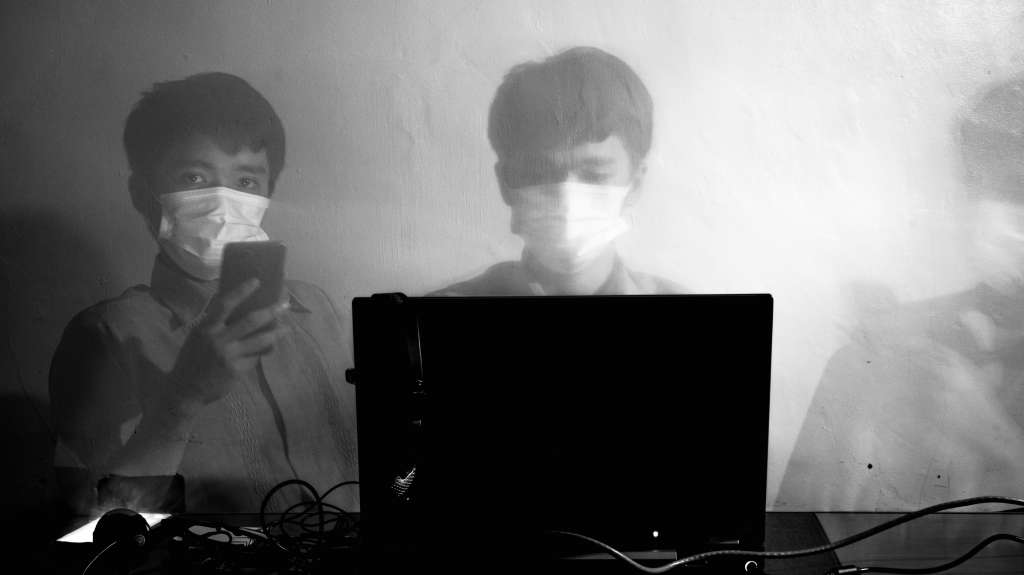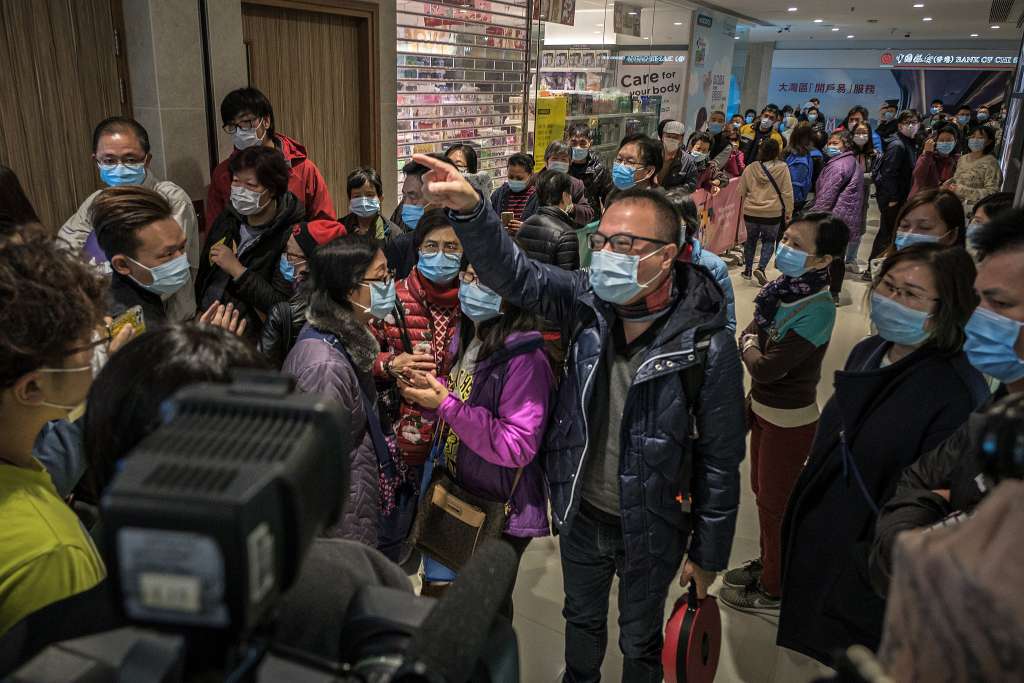For two years, Hong Kong demonstrated an admirable capacity to retain robust control of COVID-19 outbreaks. This durable achievement was, however, grimly transformed by the Omicron driven fifth wave of COVID cases. Richard Cullen looks at what went wrong
A RESPECTED, VETERAN Hong Kong journalist, Peter Kammerer, argued in the South China Morning Post recently that: “Ultimately, vaccine refuseniks are to blame for Omicron’s deadly chaos in Hong Kong”. There is a central veracity in this forthright claim but, as one might expect, the full story is more multi-layered.
EXTRAORDINARY PERFORMANCE
By late January, 2022 the total number of recorded COVID infections in Hong Kong still stood at under 14,000 with less than 220 deaths recorded. For two years Hong Kong demonstrated a robust capacity to retain strong control of COVID outbreaks.
At the same point in time, in contrast, per capita infection rates in the UK and US were 90 to 100 times higher than in Hong Kong and death rates were also distinctly elevated.
BARRIERS BREACHED
This durable, positive achievement was, however, depressingly transformed by the Omicron driven fifth wave of COVID infections in Hong Kong, which took off in early February, 2022. Within just a few weeks, COVID cases in Hong Kong jumped by a factor of 30. They kept growing rapidly, as did the forbidding death toll. By mid-March, 2022, total recorded infections were around 1 million (nucleic acid test plus rapid antigen tests) with a total death toll of over 5,000. Other estimates suggested that at least 20 percent of the total population of 7.5 million was infected by mid-March.
SYSTEM OVERWHELMED
It appears that Omicron first broke through Hong Kong’s tough, quarantine-based, primary lines of defence, due to cross infection at an inbound-traveller, quarantine hotel and protocol breaches by some returning airline staff.
Hong Kong’s previously effective standard control measures included strict inbound-traveller quarantine controls, innovative, rapid sewage-sampling to guide limited, overnight building lockdowns, rigorous contact test-and-trace measures and extensive use of hospitalization and public quarantine facilities to house the infected and close contacts.
The prevailing control model relied on having to handle no more than a few hundred cases per day. Thousands and then tens of thousands of new Omicron cases per-day overwhelmed this system. And it placed a fresh, deeply alarming burden on Hong Kong’s very large, public hospital system. New patients had to wait in tents, outdoors. Mortuaries began to overflow. Hong Kong residents had watched scenes like this unfold in media reports from New York, for example, over the previous two years. Now they were happening with frightening intensity in Hong Kong.
ULTRA-HIGH DENSITY LIVING
The great majority of the Hong Kong population live in very high density, high-rise tower-blocks. This social-housing reality facilitated excellent test-and-trace targeting, pre-Omicron, using sewage sampling. Unfortunately, this same social-housing reality was made to measure to amplify Omicron infection rates.

Hong Kong’s very compact housing profile also presented serious problems in organizing effective home quarantine as the fifth wave spread. Average living space per person in Hong Kong (at 12.9 square metres) is less than half that provided in Singapore, for example.
VACCINATION RATES
Still, achieving sufficiently swift, comprehensive vaccination, it is now clear, is where Hong Kong has most conspicuously failed. This is the disturbing lapse that most explains the rapid escalation in the daily COVID death rate in Hong Kong to one of the highest levels, per capita, in the world.
Lack of vaccines was not a problem. By the end of February, 2021, the Hong Kong Government had taken delivery of sufficient vaccine supplies to begin a free, Hong Kong wide, mass vaccination programme. The two vaccines ultimately approved for emergency use were the Pfizer BioNTech vaccine, from Germany, and the Sinovac vaccine, from China. The latter is a traditional, inactivated-virus vaccine and the former uses a new vaccine making approach based on a messenger RNA (or mRNA) methodology.
HIGH VACCINATION RATES
About a year later, by late January, 2022, Hong Kong had vaccinated (with at least two doses) over 70% of its total population: higher than in the US (64%) and close to the rate in the UK (72%). At the same time, however, over 70% of those over 80 remained unvaccinated and over 40% of those aged 70 to 79 remained unprotected. Making this shortfall even more acute was that fact that Hong Kong has the longest life expectancy in the world, at 85 years, surpassing Japan.
Why, though, did the vaccination programme become so adversely skewed in this way?
POLITICIZATION
While the sort of rights-based, aggressive anti-vaxxer activism seen across much of the developed world has not been a serious problem in Hong Kong, the vaccination issue has still been subject to a significant degree of local politicization. This denigrating influence arose out of the divisive months of political insurgency in 2019, which immediately preceded the onset of the COVID pandemic.

Alarmist criticism in the media (and more widely) was comprehensively directed at both vaccines and especially at the Sinovac vaccine, which was regularly portrayed as being tainted by its development within China. Every risk was highlighted. Fervent viewpoints corrosively influenced wider opinion-shaping as the mass vaccination drive commenced.

RIGHTS AND FREEDOMS
The Hong Kong Government gradually moved to mandate vaccination, effectively, for most persons directly on the public payroll. A range of other semi-public and private organizations, including many teaching institutions, followed suit.
But the government was wary about applying more wide-ranging mandatory vaccination measures. It preferred to rely on advertisements and indirect pressures to drive greater vaccine acceptance. Political context played a part in shaping this restrained approach: Hong Kong has consistently stressed substantial deference to judicially protected, individual rights (including personal medical treatment rights) for more than 30 years, since before the handover of British Hong Kong to China.

VICTIM OF OWN SUCCESS
One curious reason for the poor vaccine-response appears to have been the prior success of Hong Kong’s management of the COVID pandemic: as each of the first four waves was brought under control relatively swiftly, the elderly felt less concerned about the need to be protected, while continuing to fret about possible – and imagined – vaccine side effects.
It seems clear, too, that the families of older Hong Kong residents, their GPs and caregivers regularly advised caution with respect to using new vaccines. Comparisons between possible side-effects or zero side-effects – provided a vaccine was refused – were regularly advanced. This was deeply misguided, as one expert noted. The comparison should always have emphasized the difference between possible side effects – and serious illness or death.
ALARMIST MEDIA COVERAGE
Looking back, we can see that wide-ranging, ill-judged advice, sometimes politically tilted, was regularly united with alarmist media coverage. Combined with government hesitation related to mandating vaccinations for the elderly, this left far too many vulnerable residents gravely exposed to lethal COVID infection consequences as the fifth wave struck.
Around 90% of those dying have been 65 or over and unvaccinated or not double-vaccinated. The magnitude of this problem becomes clear when one considers Singapore, where about 95% are vaccinated and, during the Omicron surge there, the daily death toll was 10% – or less – of the daily death rate in Hong Kong.
STRONG GOVERNANCE
In Singapore’s case, strong experienced governance has been of central importance in meeting the shifting pandemic challenges so well, especially measured by the way it has kept the death rate low after moving, by October, 2021, to Living with Covid. It needs to be remembered, however, that Singapore maintains some of the tightest media controls in the developed world.

According to the Reuters Institute, print and broadcast media outlets in Singapore are largely run by two major corporations which are associated with the governing party, each of which maintains a dominant online presence.
FAKE NEWS LAW
Also, in 2019, Singapore introduced a robust anti-fake news law to counter falsehoods (especially online) aimed at exploiting the city’s fault lines. This law has been used to curtail certain negative, COVID-messaging related to Singapore. The scope for regular, tilted reports about the claimed medical – and political – hazards of COVID vaccines, for example, is far lower in Singapore than in Hong Kong.
Interestingly, despite the fact that Reporters without Borders placed Singapore in the lowest 16% of jurisdictions for press freedom, the Reuters Institute ranked Singapore second highest, in terms of media trust, in the Asia-Pacific in 2021, ahead of Australia, Hong Kong and Taiwan.
GENEROUS HELP
By early February, 2022, the Hong Kong Government had reached out to seek critical help from Mainland China in managing its dismaying COVID surge. Remarkably generous assistance was swiftly delivered, including: rapid building of extensive new hospital and quarantine facilities; critical medical and other staffing support; and the securing of supply chains to ensure timely delivery of medical, food and ancillary necessities.
These robust moves responding to the harrowing fifth wave have been substantial. However, once Omicron broke through the containing framework of the prevailing control regime, it was clear that any swift return to the position previously secured by that system was inconceivable. Nonetheless, all the measures put in place, under construction and planned, will help to strengthen Hong Kong’s future COVID management resources.
WHY VACCINATION WAS REJECTED
Peter Kammerer’s bottom line attribution of responsibility is aptly focused – older individuals themselves mainly made that final perilous choice to reject vaccination.
But this decision-making was shaped by a range of factors including: negative political activism; rashly alarmist media reports; over cautious close advisors, and a government so watchful about individual rights that it failed to think unflinchingly about how best to protect that most primary of all rights – the right to life.
Richard Cullen is a Visiting Professor in the Faculty of Law at the University of Hong Kong and a popular writer on international affairs.
This is part of a four-element series looking at the difference between conventional wisdom on Covid-19 and the actual data. Click this line to go to learn more.
